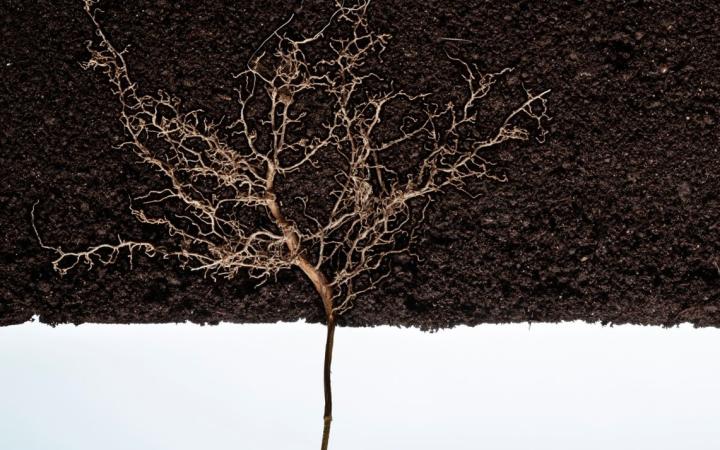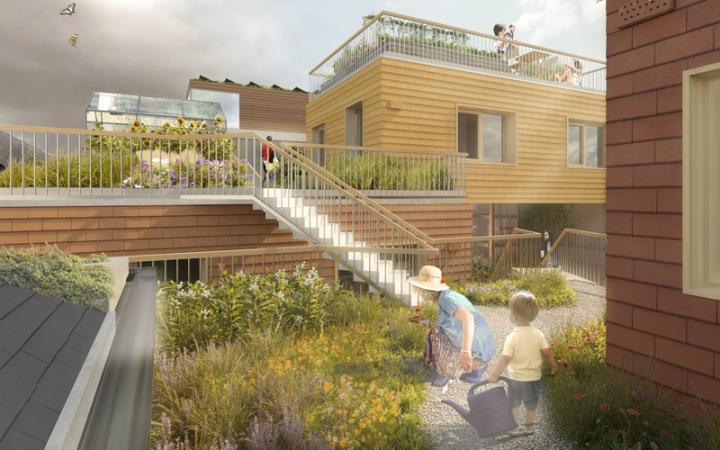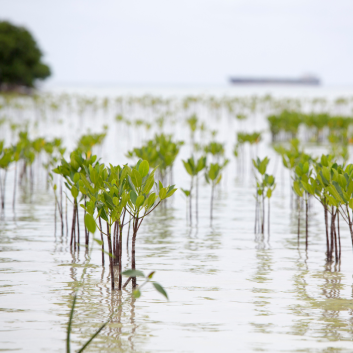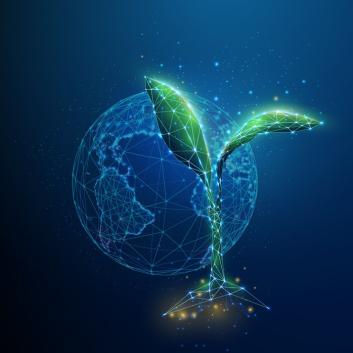The new buzz in offsetting: Blue Carbon
Just when businesses are starting to measure, reduce, and offset their carbon emissions, a new term has entered the realm of carbon management.
Blue carbon is simply a term that refers to the carbon captured by the world’s ocean and coastal ecosystems and has become a buzzword in the search for solutions to mitigate climate change.
How does underwater carbon capture work?
Mangroves, seagrass meadows, salt marshes and phytoplankton absorb carbon dioxide through photosynthesis. Some of this CO2 is converted into carbon in leaves, branches and other parts of the organism in much the same way as land-dwelling plants.
The difference is that marine habitats can sequester carbon up to 10 times faster than mature forests.
Below layers of coastal vegetation are thick carbon-rich sediments which have accumulated over time, often for hundreds or thousands of years. There are three main carbon-sinking habitats: Mangroves, Tidal Marshes, and Seagrass.
Example:
Verra registered its first blue carbon project in 2021: a mangrove conservation initiative called Vida Manglar (‘mangrove life’ in Spanish) situated on the north coast of Colombia.
The project is set to remove 1 million tonnes of CO2 over the next thirty years. Some income generated from carbon credit purchases will go towards sustainable development and improving local education and employment.

Offsetting with added benefits
Blue carbon started to gain attention in 2009 when the United Nations published an influential report entitled Blue Carbon: The Role of Healthy Oceans in Binding Carbon.
Over 150 countries have blue carbon habitats within their borders, making their conservation and protection a global issue.
The Blue Carbon Initiative (BCI) is perhaps the flagship example of this type of multilateral collaboration.
This UNESCO-backed agency brings together research institutions, governments, NGOs, and stakeholder communities from around the world to tackle global warming through the sustainable management of blue carbon ecosystems at all levels.
The demand for carbon credits is likely to increase 15-fold by 2030.
Why is Blue Carbon so unique?
- Mangroves and salt marshes remove carbon from the atmosphere at a rate ten times greater than tropical forests.
- Seagrass meadows account for just 0.1 per cent of the world’s seafloor but store 11 per cent of the organic carbon buried in the ocean.
- Mangroves and salt marshes store three to five times more carbon per acre than tropical forests.
- 83% of the global carbon cycle is circulated through the ocean.
- Coastal habitats cover less than 2% of all ocean areas but account for about half of the total carbon sequestered in ocean sediments.
(Sources: The Blue Carbon Initiative; Office for Coastal Management NOAA)
Coastal communities are being struck especially hard by the effects of climate change, such as rising sea levels and disappearing fish stocks.
Blue carbon credits can provide these communities with crucial financial aid while reducing greenhouse gas emissions.
Blue carbon habitats are also extremely scarce – they only make up 2% of global ocean cover and are disappearing quickly –yet they support a vast range of economically and ecologically important species.
It is worth noting that some researchers are sceptical since determining carbon removal rates for marine ecosystems is far from an exact science – estimates can vary widely even along a single stretch of coast.
This makes it difficult to know precisely how effective any blue carbon restoration project will be in the longer term.
On a practical level, the Blue Carbon Projects works on REDD+ * Mangrove Project Development in Indonesia and Mexico, including coastal ecosystems of mangroves, tidal marshes, and seagrass meadows. Indonesia’s mangroves are estimated to contain 3.14 billion metric tonnes of carbon, one-third of global coastal carbon stocks.
However, deforestation and the destruction of peatlands make Indonesia the world’s third-largest emitter of greenhouse gases.
There is great potential in exploring further opportunitities to utilise blue carbon in reaching net zero goals while keeping these rich ecosystems healthy.
*REDD+ stands for Reducing Emissions from Deforestation and Forest Degradation
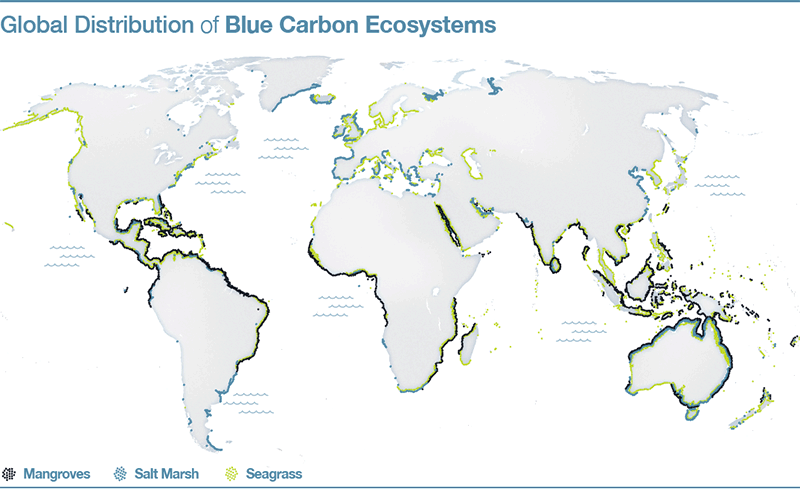
Headline image: Getty Images
This article is published in collaboration with the Profit with Purpose Magazine.
To read more insights regarding carbon management, you can download the latest digital edition of the magazine that further explores topics such as carbon offsetting, regulations and more.


